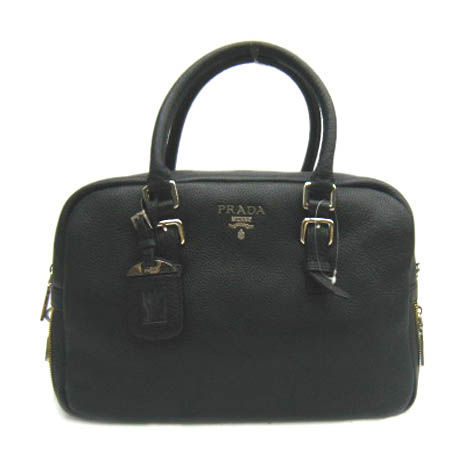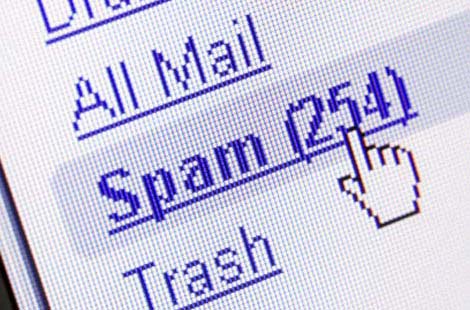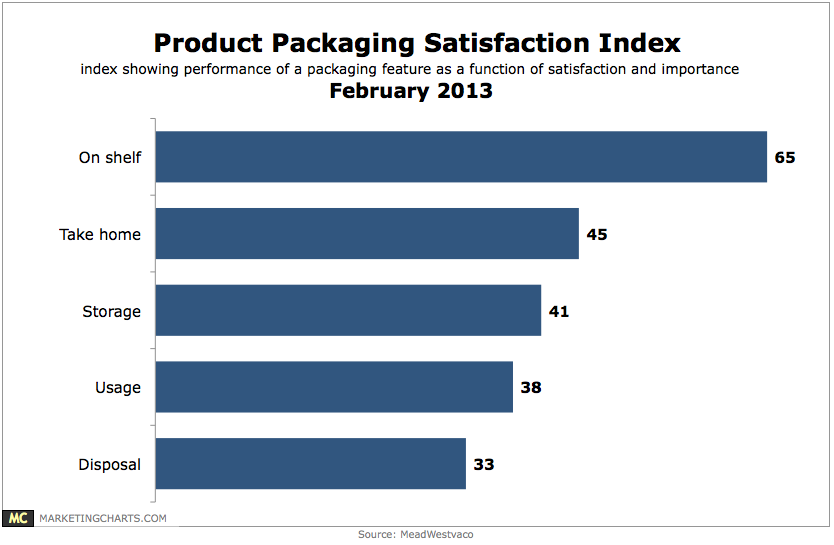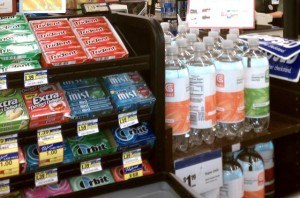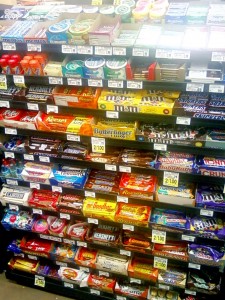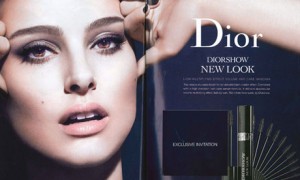Linda’s post “The Power of the Brand and Customer Loyalty” indicates how strong Starbuck’s loyal customer base is and how the company turns this into its “shield” to protect itself from the fierce coffee competition.
And no wonder, I really think a loyal customer base can become a company’s competitive advantage.
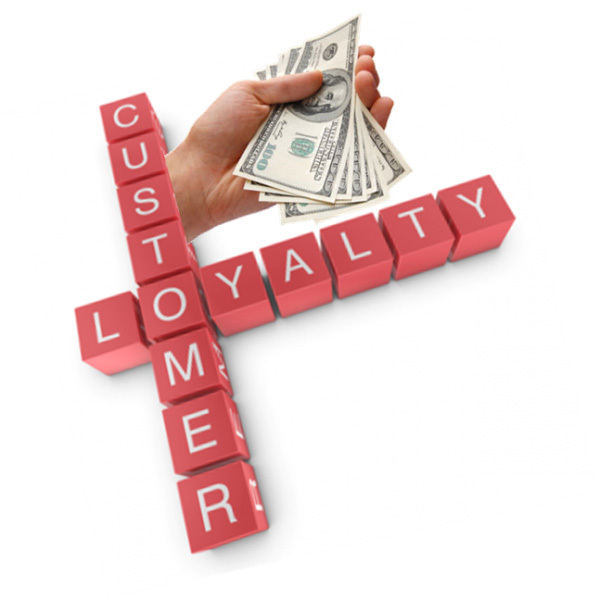
It’s a surprise that how few companies truly acknowledge, take care of and leverage those loyal customers in a way that measurably accelerates market share and recurring revenue while mitigating competitive risk and reducing sales & marketing costs. (Source)
Loyal customers are good for any organizations or brands – this is no longer a secret. Why? Because loyal customers always return; they brag about your organization/ brand providing “free” word of mouth advertising; they are surprisingly willing to pay more for your products or services; and especially, when there is a mistake, loyal customers are more forgiving than new ones.
Among all benefits above, I want to emphasize “the willingness of loyal customers to pay for a product/ service”. This is something crucial in any harsh competition. For example, let’s talk about coffee-shop industry. While many others try to get into this crazy fight, lower their prices as much as possible to gain little market share, Starbuck still stays on top with surprisingly “expensive” price. I personally love Starbuck, but sometimes with my student budget, I can’t allow myself enjoy a Grande Frappuccino every day. However, Starbuck’s customer base still grows day by day. While others struggle to cut down cost, lower price to attract customers, Starbuck still keeps or even raise prices because it had its fan who are willing to pay that price. The strong customer base is like a Starbuck’s invisible weapon to fight in this competition, which not so many companies can have.

Obviously, customer loyalty is a very powerful competitive advantage. It’s never too late or too early to build customer loyalty. It is something that can only do good for your brand/ organization.
So how to build and maintain the loyal customer base?
Treat them right – deliver a fantastic product or service – and you can count on their business for life
Be remarkable, and they’ll tell their friends and colleagues about you as well
Earn their trust, and they’ll tell you exactly what they’re seeing in the market – your competitors, new innovations, etc.
Engage them regularly, and they’ll tell you when you’re wrong, when you screw up, and give you time to fix it
Actively listen, react to their feedback, innovate when they ask, and they won’t go anywhere
Create an army of ambassadors, and they’re an extension of your sales force in situations you have zero access to today
Make them your eyes and ears, and they’ll give you the earliest heads-up possible to any competitive threat on the horizon (with enough time to react, adjust, and cut competitors off at the knees before they can get momentum)
Ask them to brainstorm with you, and they’ll give you far better, more creative ideas than you’d ever come up with yourself
Surprise them with your responsiveness, speed and approachability,and they’ll treat you like a loyal friend
(Source)




